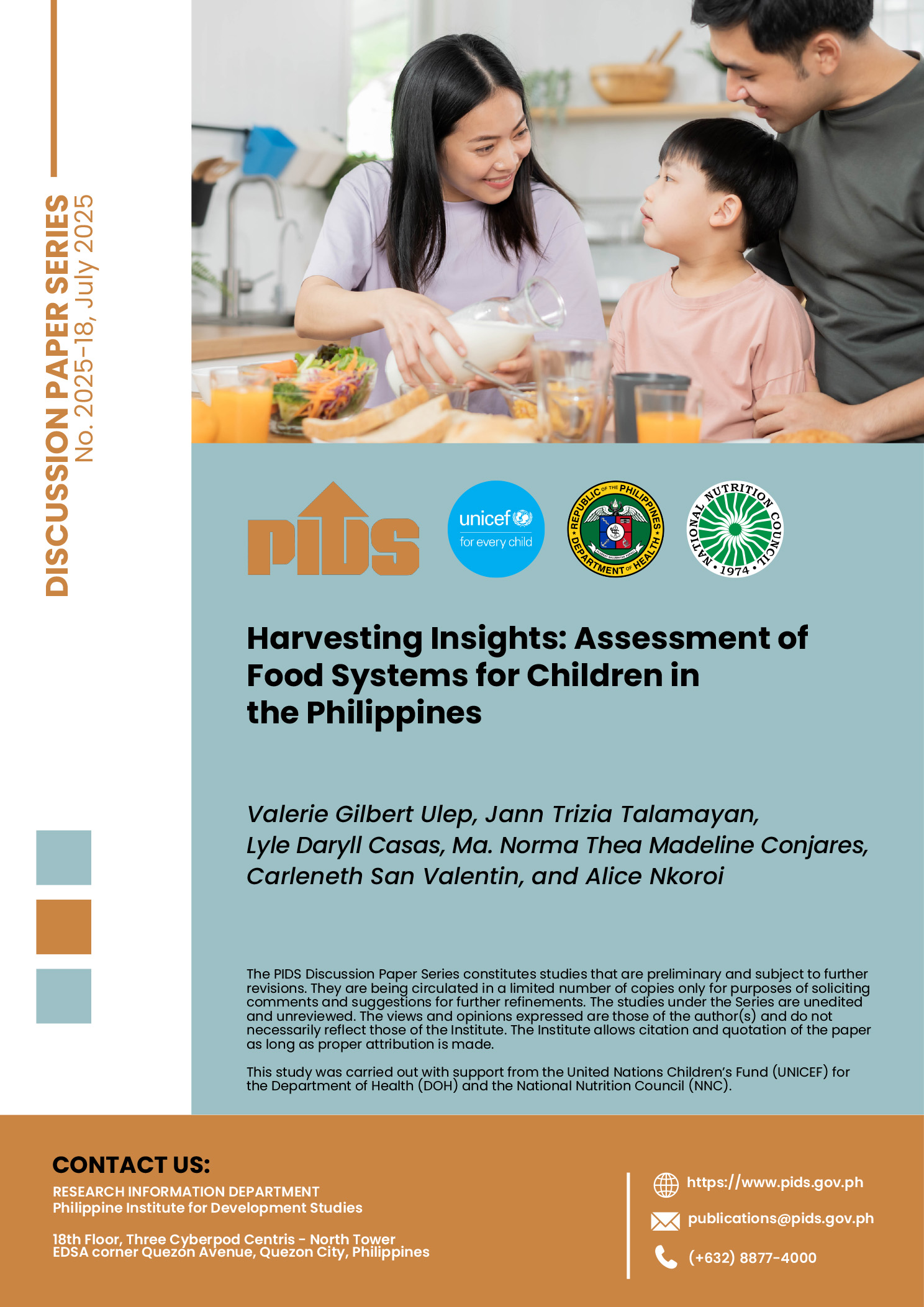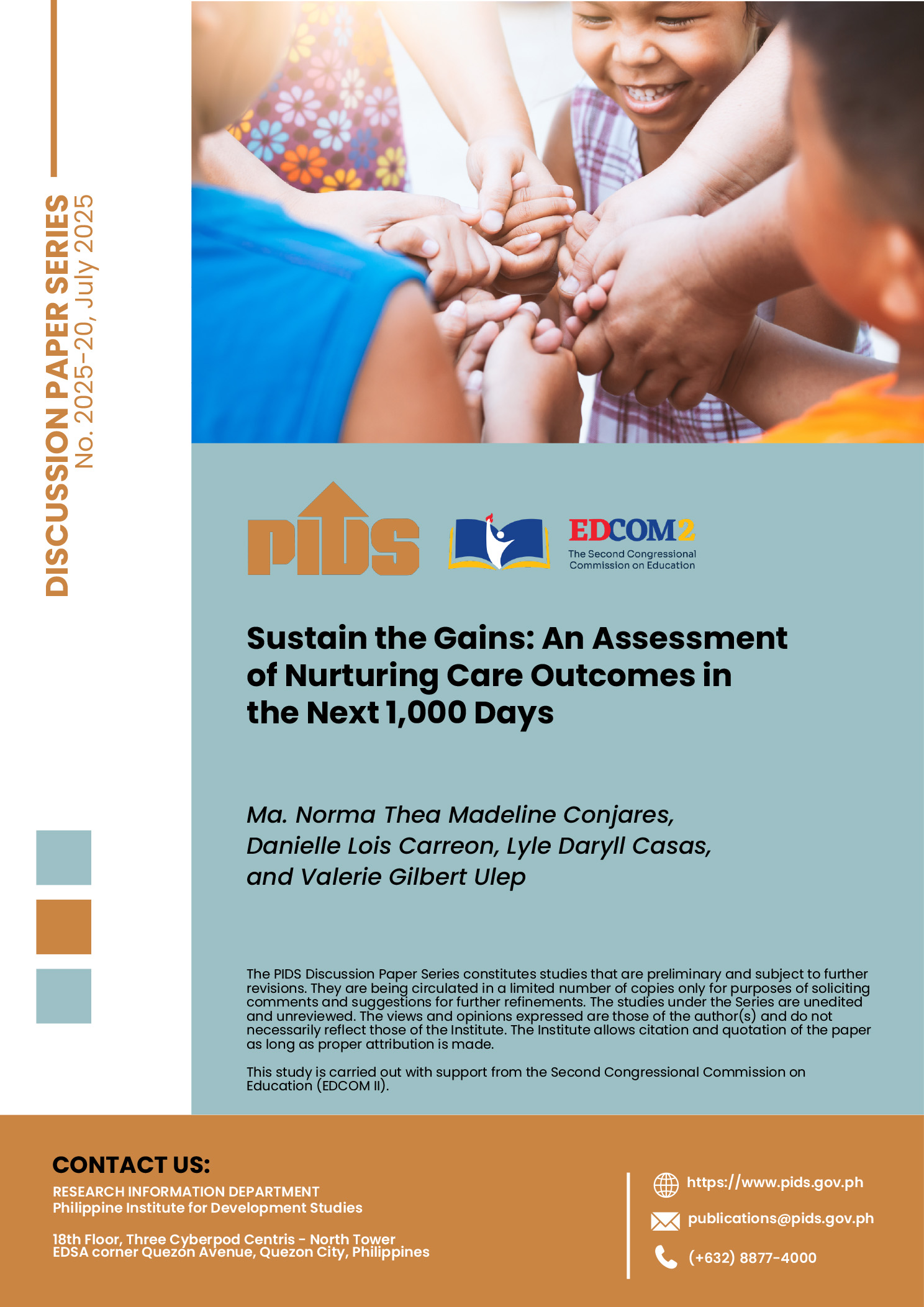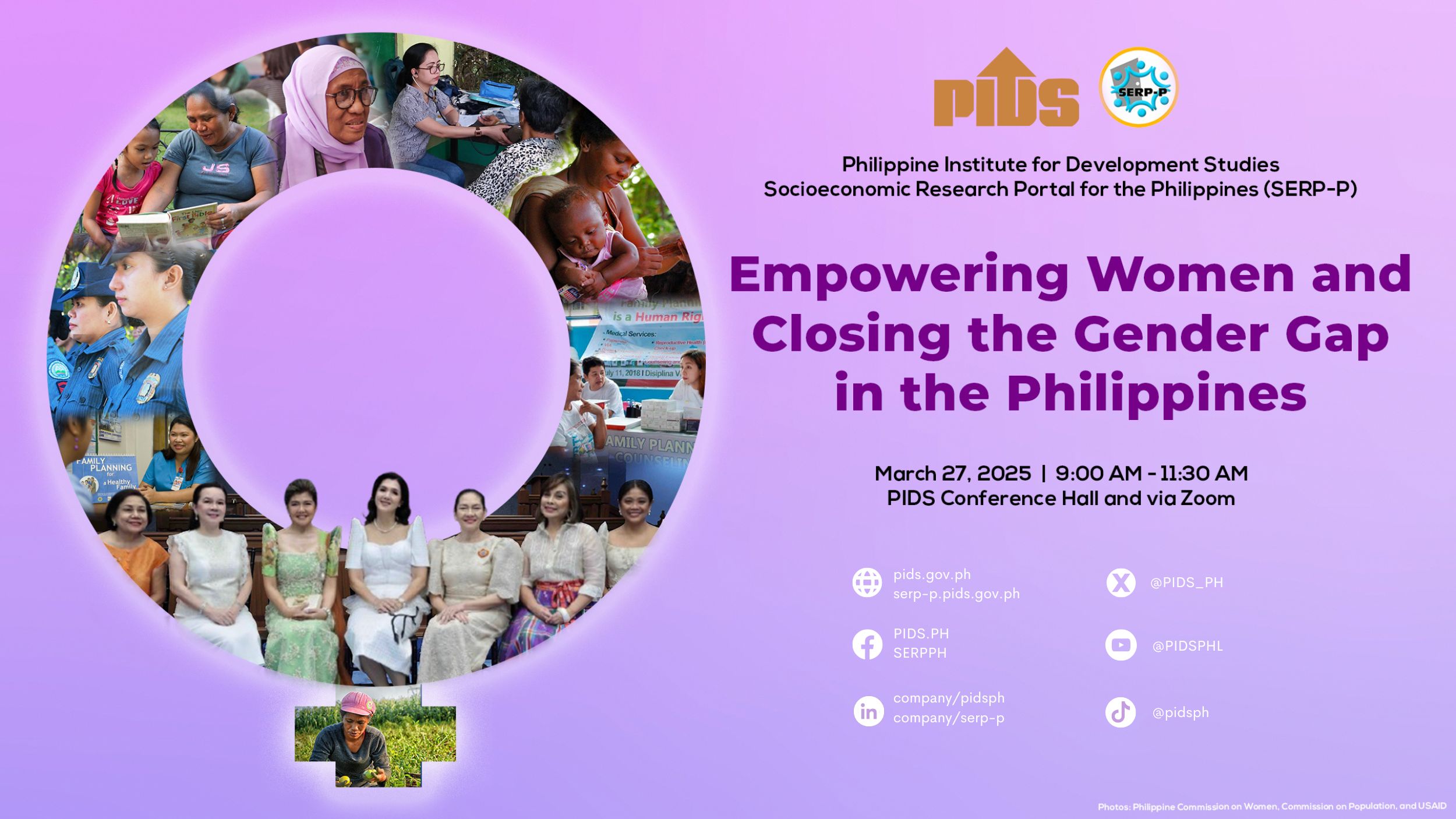RESEARCH and Development (R&D) is a critical component of national development. It concerns the production of knowledge and requires individuals to develop technical competencies. In the 1990s, R&D in our country was dismal. The Philippine government, except during the administrations of Ferdinand Marcos and Fidel V. Ramos, spent less than 2% of the Gross National Product (GNP) on R&D. In contrast, industrialized countries such as Japan and South Korea have been spending more than 5% of their GNP on R&D since the 1940s or 1960s.
Locally, only a few academic quarters were making noise for R&D. Almost all the universities and colleges maintained publications units without identifying clear-cut research programs. We had very few R&D personnel and experts and local patents. Not all inventions of Filipinos had commercial value. Looking at the cross-country R&D statistics, one can find a lot of information on other Asian countries but hardly any on the Philippines.
In 1997, President Ramos commissioned the R&D study with a research team from the Philippine Institute of Development Studies (PIDS), which I was a part of. This study revealed mixed outcomes. The upside was that the Ramos administration earmarked at least 5% of GNP to the R&D sector. R&D was included in the list of priority industrial activities receiving fiscal incentives from the Philippine government. Apart from the Department of Science and Technology (DoST), which was revived, several national agencies of the government were either retooled or reorganized to be able to support R&D activities. Last month, I was delighted to attend a DoST-organized research seminar workshop that familiarized at least 100 government employees and academics, mostly from Manila, with strategies for publishing research articles in high-impact journals. The downsides are what the education, industrial and state managers need to reflect upon because they resound in different parts of the Philippines.












